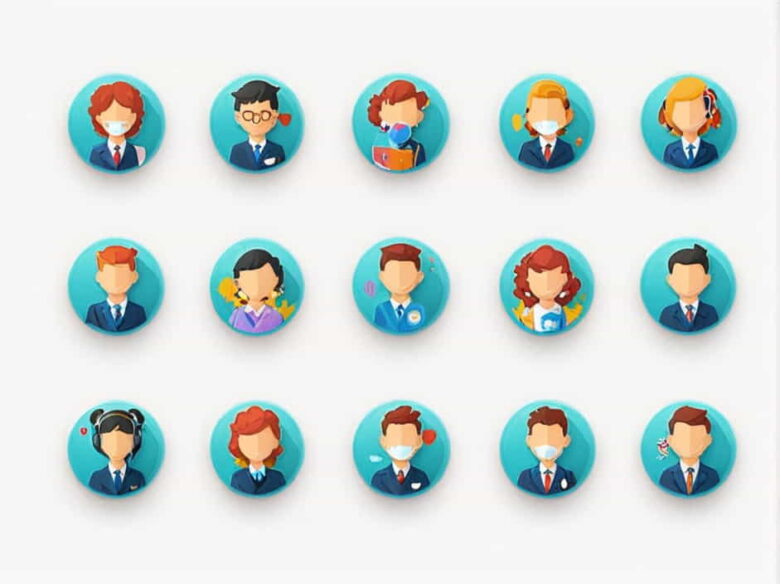In todays globalized world, multilingualism in the classroom is becoming increasingly common. Students from diverse linguistic backgrounds bring unique challenges and opportunities to education systems worldwide. Understanding the language background of students is essential for teachers to create inclusive learning environments that support language development and academic success.
This content explores the impact of multilingualism in the classroom, the benefits and challenges it presents, and effective strategies for educators to support multilingual students.
Understanding Multilingualism in the Classroom
Multilingualism refers to the ability to speak and understand more than one language. In a classroom setting, students may come from various linguistic backgrounds, including:
- Bilingual Students Those who speak two languages fluently.
- Multilingual Students Those who speak three or more languages.
- English Language Learners (ELLs) Students learning English as a second or additional language.
- Heritage Language Speakers Students who speak a language at home that is different from the dominant language used in school.
Many factors influence a students language background, including family heritage, migration, and exposure to different languages in their community.
Benefits of Multilingualism in the Classroom
Multilingual students bring a wealth of cultural and linguistic diversity to the classroom, which benefits both students and teachers in several ways.
1. Cognitive Advantages
Research shows that multilingual students often develop enhanced cognitive skills such as problem-solving, critical thinking, and creativity. Their ability to switch between languages strengthens their executive function, making them more adaptable learners.
2. Better Academic Performance
Contrary to the myth that multilingualism hinders learning, many studies suggest that multilingual students perform better in subjects like mathematics and reading comprehension. Their ability to process multiple languages improves their overall language and analytical skills.
3. Enhanced Social and Cultural Awareness
Multilingual students often have a deeper understanding of different cultures and perspectives. This awareness fosters inclusivity and helps build a more diverse and accepting classroom environment.
4. Improved Communication Skills
Learning multiple languages enhances students’ ability to communicate effectively. They develop greater flexibility in expressing themselves and understanding others, which is a valuable skill in academic and professional settings.
Challenges of Multilingualism in Education
While multilingualism has many advantages, it also presents challenges that educators must address to ensure an effective learning experience for all students.
1. Language Barriers
Students who are still developing proficiency in the schools primary language may struggle with comprehension, leading to difficulties in following lessons and completing assignments.
2. Limited Resources
Many schools lack adequate resources, such as bilingual teachers or multilingual learning materials, to support students from diverse language backgrounds effectively.
3. Standardized Testing Difficulties
Multilingual students may face disadvantages in standardized testing, which often assumes fluency in a single language. Assessments designed for native speakers may not accurately measure the abilities of students still acquiring the language.
4. Social Integration Issues
Language differences can sometimes lead to social isolation, especially if students feel self-conscious about their accents or struggle to communicate with peers.
Strategies for Supporting Multilingual Students
Educators can implement several strategies to create a supportive environment that nurtures multilingual students’ academic and language development.
1. Encouraging a Multilingual-Friendly Classroom
Teachers can foster an inclusive atmosphere by valuing all languages spoken by students. Allowing students to use their native language when needed can enhance their learning experience and boost their confidence.
2. Incorporating Multilingual Teaching Methods
Using bilingual resources, visual aids, and interactive activities can make lessons more accessible to multilingual students. Teachers should also consider differentiated instruction to accommodate varying language proficiencies.
3. Providing Additional Language Support
Offering extra support, such as tutoring sessions or English as a Second Language (ESL) programs, helps multilingual students develop their language skills without falling behind academically.
4. Encouraging Peer Support and Collaboration
Pairing multilingual students with classmates who are proficient in the schools primary language can facilitate learning through peer interactions. Group projects and discussions can help bridge language gaps.
5. Training Teachers in Multilingual Education
Professional development programs should equip teachers with strategies for managing linguistic diversity. Understanding second-language acquisition and cultural differences enables educators to provide more effective instruction.
6. Using Technology to Support Learning
Digital tools such as translation apps, interactive language-learning software, and online dictionaries can help multilingual students access educational content more easily.
The Role of Parents and Communities
Parental involvement plays a crucial role in supporting multilingual students. Schools should encourage parents to maintain their home language while also helping their children develop proficiency in the schools primary language. Community programs, cultural events, and language workshops can also contribute to a supportive learning environment.
Multilingualism in the classroom is an asset that should be embraced and supported. While language diversity presents some challenges, it also enriches the learning experience and prepares students for a globalized world. By implementing inclusive teaching strategies, providing language support, and fostering cultural appreciation, educators can help multilingual students thrive academically and socially.
Creating an environment that values linguistic diversity benefits not only multilingual students but also the entire school community. As education systems continue to evolve, embracing multilingualism will be key to fostering innovation, collaboration, and lifelong learning.



